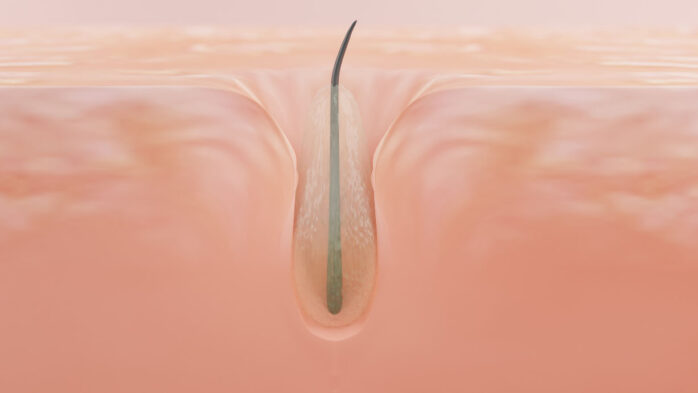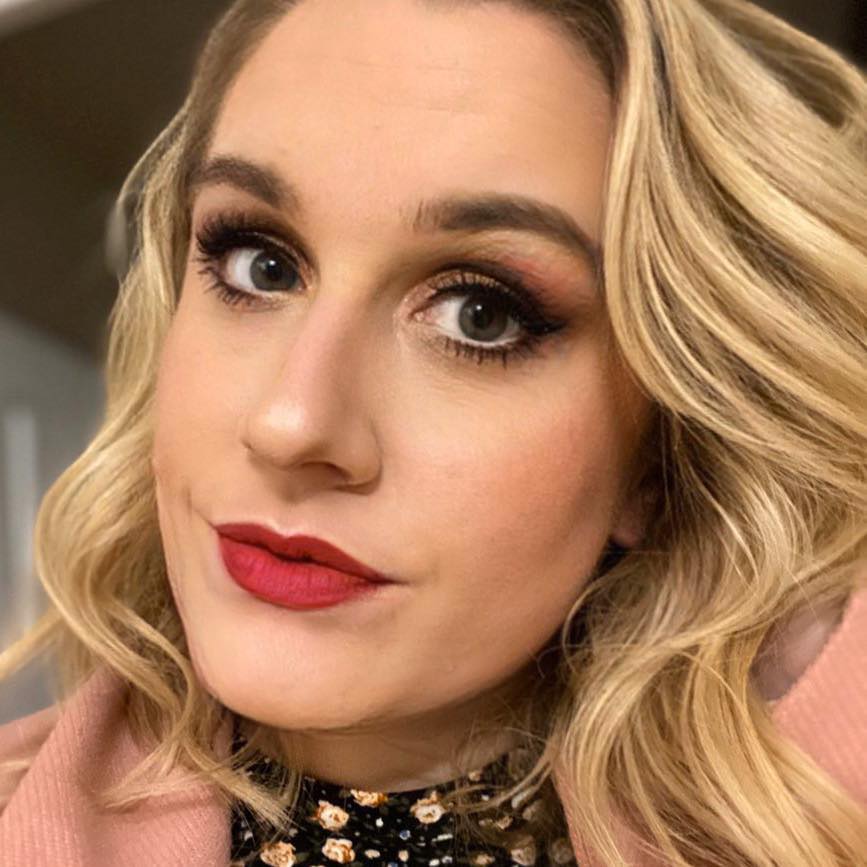
Every month, more than 10,000 Google searches are made by people looking for solutions for their large, open, blocked, and clogged pores.
This interest has, over the years, spawned a huge skincare sector, focused almost entirely on giving you tighter, clearer, skin by promising to shrink or minimise your pores. We’ve tried an almost obscene amount of products to get rid of our large pores to no use.
And this may be because the hard truth of the matter is that it’s near-on impossible to shrink or minimise your pores; certainly with over-the-counter products or ingredients.
In fact, Dr. Natalia Spierings, consultant dermatologist and author of Skintelligent: What you really need to know to get great skin, even goes as far as to say that “there are no specific ingredients in skincare known to reduce the size of pores.”
To understand the causes of pores, why some are larger than others, and why skincare companies can get away with marketing something that is unlikely to work as promised, we spoke to Dr. Natalia. Here’s what we learned.
 Getty Images/iStockphoto
Getty Images/iStockphoto “Pores are the hair follicle openings on the skin’s surface,” explained Dr. Natalia, and “all skin ‘types’ (in reference to ethnic skin types known as Fitzpatrick skin types) have the same pores.” We explain more about the Fitzpatrick scale here.
Wherever you have hair on your body – which is everywhere except the palms of your hands and the soles of your feet – you’ll find these small openings from which hairs sprout. This includes faces.
The size and shape of a person’s facial pores are then largely determined by their genetics and if your parents had enlarged pores, there’s a chance you will too.
 Shutterstock
Shutterstock Aside from genetics, there are also skin conditions and lifestyle factors that make pores appear more open, and become clogged.
Having very oily skin, for instance, can cause pores to become enlarged. Large, open pores are associated with acne, for instance, which is a skin condition that causes excess sebum. This excess sebum makes pores swell, for want of a better term, and this increases their chance of becoming clogged with bacteria. Spots, pus, and blackheads are then an immune system response to the bacteria, dirt, and grime stuck in the larger pores and the cycle continues.
Some darker-skinned people have genetically more oily skin than lighter-skinned people and thus can have more visible pores.
Elsewhere, ageing plays a role in enlarged pores, as does sun exposure. This is because ageing causes our skin to lose its elasticity, which can cause our skin to stretch and sag. Thus making pores appear larger. Our skin also thickens as we age and this has been shown to cause skin cells to gather around our pores, making them look bigger. Even if they’re actually the same size.
The same can be said for sun exposure. Exposing your skin to too much sun causes a drop in elastin, water, and collagen. It also thickens the skin.
FURTHER READING: What is SPF and why is it so important?
The short answer to this is no. And it comes back to the fact pores are hair follicle openings that are very much genetically determined.
In the same way the shape of your hair follicles largely determines your hair type – and you wouldn’t expect to be able to stop your hair from being naturally curly, straight, or so on – it’s not possible to change the shape or size of these follicles on your face or nose.
“There is not a single skincare ingredient that can actually minimise or shrink your pores. No matter how good the advertising or claims”
If your enlarged pores are due to excess oil production (and you can read more about what causes oily skin here) then “the only thing which may make them appear smaller is reducing the amount of oil secreted by reducing the size of the oil glands and thus their activity,” said Dr. Natalia.
This can restore them to their natural state and may make them appear smaller. However, such treatments won’t shrink them beyond the size their genetically predisposed to be.
“The only treatment that can [reduce oil production] is oral isotretinoin, known by its brand name Roaccutane in the UK. This is a very effective treatment for acne vulgaris.” Yet it’s not a specific pore minimiser.
“In terms of advertising standards, the claims made are worded in a way to make them legal,” explained Dr. Natalia.
 Dr Natalia Spierings
Dr Natalia Spierings Dr Natalia Spierings is a consultant dermatologist
For example, skincare brands that use phrases such as “this product may reduce the appearance of pores” are not actually saying the product will definitely make your pores smaller. Instead, their product may camouflage your pores, or create the illusion, in some way, that they’re smaller than they are.
“Most consumers would read that sentence as meaning the product actually makes pores smaller, which it won’t and can’t,” Dr. Natalia continued. “That’s the beauty of advertising and marketing for the skincare companies; how people interpret what they write is down to the person, not the company.”
Dr. Natalia added that the idea that a person’s pores are ‘too big’ and therefore unsightly is generally incorrect. “What defines a ‘large’ vs a ‘small’ pore is not known and it comes down to how every person sees his or her own skin in the mirror.
“Having ‘large’ pores is really a first-world problem (and definitely not a medical problem) so the quest for flawless, filtered-looking skin is never-ending. The skincare industry thrives on this type of idea and sells products aimed at ‘fixing’ these sorts of things.”
Facials or skincare products don’t help with reducing the size of large pores beyond perhaps very short-term ‘camouflage,’ said Dr. Natalia.
“I think what the brands mean by ‘minimising the appearance of pores’ is making the skin look smoother temporarily, or covering up excess oil production.
“Most of the products in this camp are silicone-based and mattifying. This means they create a veil over the skin which reflects light better than textured skin (pores give skin a more textured appearance) and thus gives the impression of smoother skin, with smaller pores.
As a side note, a product that claims to reduce texture may also be making similarly vague claims about minimising pores, in a roundabout way. Although texture can also relate to bumpy skin, which can be caused by clogged pores as well as blemishes and build-up under the skin.
Dr Natalia Spierings is a Consultant Dermatologist with a Master’s Degree in Aesthetic Medicine. She currently splits her clinical time between both the NHS and private sector in London, and at Kings College Hospital in Dubai. You can get more advice from Dr Natalia via her Instagram account – @drnataliaspierings. SKINTELLIGENT: What you really need to know to get great skin, By Dr Natalia Spierings will be published by Vermilion on 7th July 2022, £16.99

Victoria is founder and editor-in-chief of mamabella, freelance journalist and Mum. She has a passion for empowering people to feel beautiful whatever their age, size, skin type and budget
